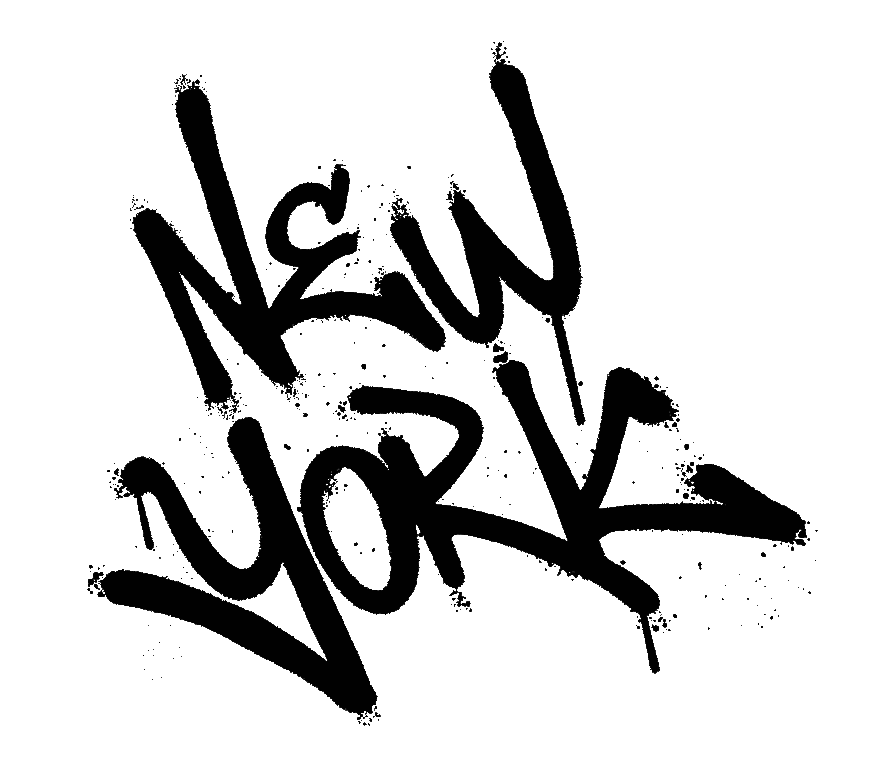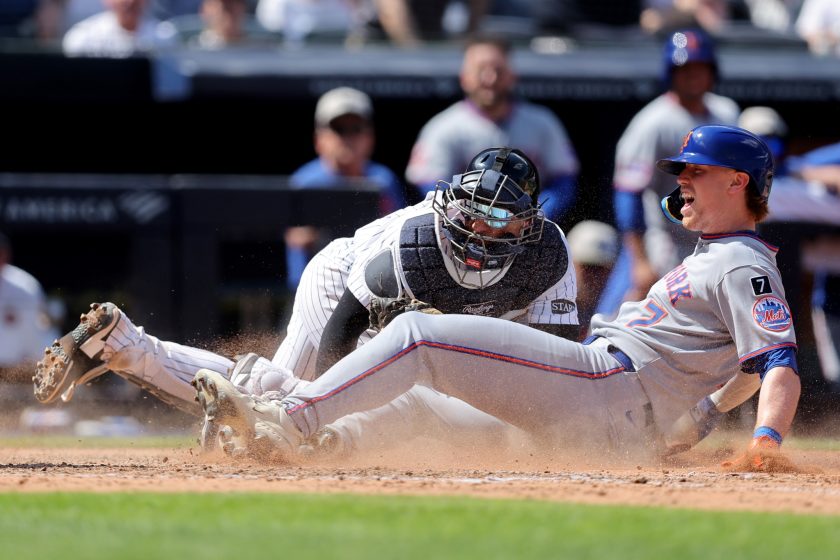Preview and predictions for New York Yankees’ Spring Training battles

Right Field: Aaron Judge vs. Aaron Hicks
After watching Aaron Judge struggle (50% strikeout rate) in his first taste of the majors and Aaron Hicks‘ late-season burst, this battle is something to watch down in Tampa this spring.
[sc name=”Yankees Link Related” link=”https://elitesportsny.com/2017/01/13/alex-rodriguez-right-needs-new-york-yankees/” text=”Alex Rodriguez is right where he needs to be with the New York Yankees” ]Struggling through his first 86 games in the Bronx (.187 BA), Hicks turned it around following the trade of Carlos Beltran to the Texas Rangers.
The switch-hitter slashed .276/.339/.431 with five of his eight home runs over his final 36 games of the year. From August 11 to September 26, Hicks hit .306.
Judge, on the other hand, struggled mightily after destroying a pitch for his first major league home run in his first at-bat.
From Aug 22 on, unfortunately, the monstrous outfielder slashed .121/.212/.241 and hit just two home runs in 20 games while, as mentioned, striking out in half of his total at-bats.
[sc name=”Yankees Center” ]
Prediction: Aaron Judge
Not only does he have Hal Steinbrenner on his side, but Judge has a track record of bouncing back after a down year by assessing exactly what he needs to do to adjust.
Upon his promotion from Double-A Trenton to Triple-A Scranton/Wilkes-Barre in 2015, Judge saw his OPS drop from .866 to .680 while also watching his strikeout rate climb from 28% to 32%. [sc name=”Yankees Center Right” ]
He bounced back the following year by smashing 19 home runs in just 93 games and bringing his OPS back up to an impressive .854. In the majors, his OPS dipped to .608 while, I’m sick of mentioning this, he struck out a ton.
One thing that remained a constant, though, was what happened when he made contact.
Judge’s average exit velocity on batted balls, according to Statcast, was 96.82 m.p.h. MLB’s average for 2016 was 89.57.
The average distance his batted balls traveled was 249.67 feet while the average in baseball was 218.08. His average generated velocity was 8.00 m.p.h. The league average was 1.45.
In the end, Judge has a track record of adjusting, promising signs in the pros (notwithstanding the strikeouts) and is expected by the team’s principal owner to win the spot.
[sc name=”Yankees Link Slideshow” link=”elitesportsny.com/2017/01/13/early-preview-predictions-new-york-yankees-spring-training-battles/4″ text=”First Base” ]Christian Kouroupakis covers the New York Yankees and is the Editorial Director for ESNY. Interact with him and view his daily work by “liking” his facebook page and follow him on Twitter. All statistics are courtesy of Baseball Reference.com unless otherwise noted. Don’t hesitate to shoot him an email with any questions, criticisms, or concerns.






